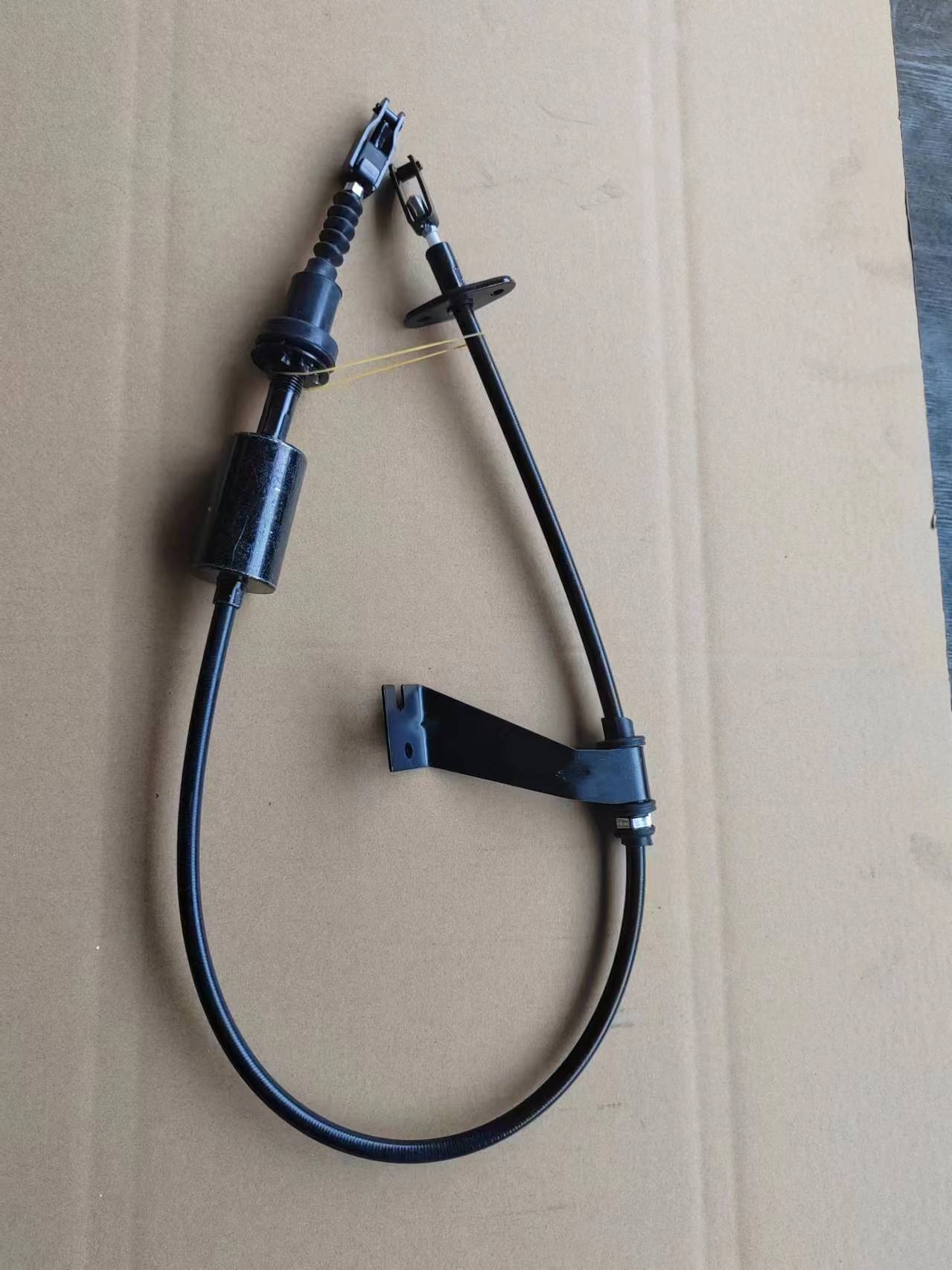Clutch Cable Assembly Replacement Guide for Smooth Gear Shifting
Understanding Clutch Cable Assemblies Essential Components in Vehicle Performance
Clutch cable assemblies are crucial components in manual transmission vehicles, playing a significant role in the overall performance and driving experience. The clutch system is responsible for engaging and disengaging the engine from the transmission, allowing for smooth gear shifts. In many modern vehicles, clutch cable assemblies are designed to enhance the efficiency, durability, and responsiveness of this essential function.
What is a Clutch Cable Assembly?
A clutch cable assembly consists of several parts, primarily the cable itself, which connects the clutch pedal to the clutch fork or release bearing. When the driver presses the clutch pedal, the cable transmits this motion, allowing the clutch to disengage from the engine. This mechanism not only facilitates smooth shifting but also prevents excessive wear on the transmission and engine by ensuring that they are properly engaged or disengaged.
Key Components of Clutch Cable Assemblies
The assembly usually includes the following components
1. Cable The most vital part, typically made of high-strength steel, which can withstand the tension and forces applied during operation. 2. Housing The exterior casing that protects the cable while allowing it to flex and move smoothly. A high-quality housing is often made from durable materials to avoid wear and tear.
3. End Fittings These connect the cable to both the clutch pedal and the clutch fork. They are designed for easy installations and firm connections, ensuring a reliable transfer of force.
clutch cable assembly

5. Spring In some designs, a spring may be included to assist in returning the pedal to its original position after being pressed, improving the driving experience.
Importance of Clutch Cable Assemblies
The importance of a well-functioning clutch cable assembly cannot be overstated. Issues with the clutch cable can lead to various problems, including difficult gear shifts, clutch slippage, and even complete clutch failure. Regular maintenance and timely replacement of the clutch cable are essential to prevent these issues.
A worn-out or frayed cable can create a lack of responsiveness in the clutch, making the driving experience less enjoyable and potentially dangerous. If the cable snaps while driving, it could render the vehicle inoperable, leading to unsafe situations on the road.
Upgrading and Customization
For performance enthusiasts, upgrading the clutch cable assembly can provide a significant improvement in driving dynamics. Aftermarket options often include lighter cables or cables made from materials with increased durability and resistance to heat. Customizable adjusters also allow drivers to fine-tune the engagement point, tailoring the clutch feel to their personal preferences.
Conclusion
In conclusion, the clutch cable assembly is a fundamental component in the operation of manual transmission vehicles. Understanding its function, components, and importance can help drivers appreciate the complexity of their vehicle's mechanics. Regular maintenance and attentiveness to the condition of the clutch cable can greatly enhance not only the performance of the vehicle but also the overall driving experience. Whether for daily driving or spirited performances on the track, a reliable and efficient clutch cable assembly is key to ensuring that the connection between the engine and transmission remains seamless. Investing in high-quality components and upgrades will ensure that drivers enjoy both longevity and optimal performance from their vehicles.
-
Workings of Clutch Pipe and Hose SystemsNewsJun.04,2025
-
The Inner Workings of Hand Brake Cable SystemsNewsJun.04,2025
-
The Secrets of Throttle and Accelerator CablesNewsJun.04,2025
-
The Hidden Lifeline of Your Transmission Gear Shift CablesNewsJun.04,2025
-
Demystifying Gear Cables and Shift LinkagesNewsJun.04,2025
-
Decoding Clutch Line Systems A Comprehensive GuideNewsJun.04,2025
